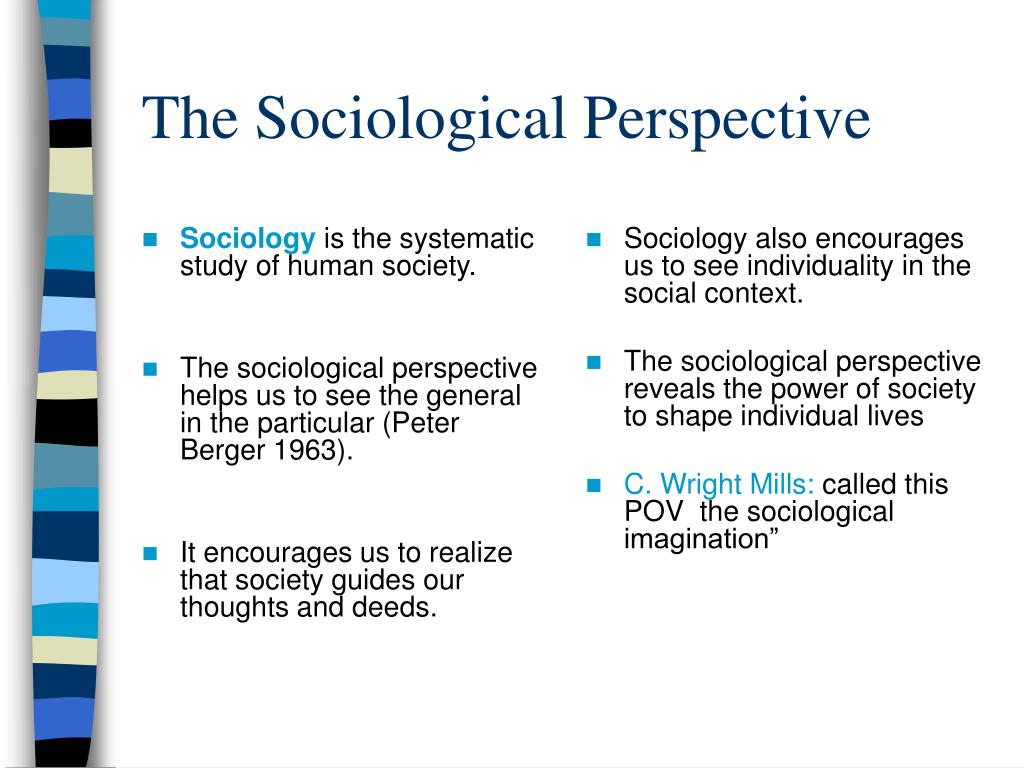The Hells Angels: A Sociological Perspective

Table of Contents
The History and Evolution of the Hells Angels
The Hells Angels Motorcycle Club's origins trace back to the post-World War II era in the United States. The club's formation, like many other motorcycle gangs of the time, was heavily influenced by the post-war disillusionment and the search for belonging amongst returning veterans and other young men. This period saw a rise in motorcycle clubs, with the Hells Angels quickly establishing themselves as a prominent and, increasingly, notorious force. Their history is marked by periods of expansion, internal conflict, and legal battles. Understanding this history is crucial to understanding the Hells Angels of today.
-
The impact of post-war disillusionment on the formation of motorcycle gangs: The turbulent social climate following WWII provided fertile ground for the emergence of rebellious subcultures, with motorcycle gangs offering a sense of camaraderie and rebellion against societal norms. This feeling of alienation and a rejection of mainstream values were key drivers in the early years of the Hells Angels.
-
Key figures and leadership changes within the Hells Angels' hierarchy: The club's history has been shaped by charismatic leaders and power struggles within its ranks. These internal dynamics have profoundly affected the club's trajectory and its involvement in criminal activities. The succession of leaders and the evolution of the club’s leadership structure have been areas of ongoing research for sociologists.
-
Expansion and the establishment of chapters across the globe: From their California beginnings, the Hells Angels have expanded their reach internationally, establishing chapters in numerous countries. This global expansion presents a complex challenge for law enforcement and researchers alike, as local contexts influence the club's activities and interactions with communities.
The Hells Angels Subculture: Symbols, Rituals, and Identity
The Hells Angels possess a distinctive subculture characterized by specific symbols, rituals, and a strong sense of group identity. This subculture helps to solidify membership and define the group's boundaries. The use of symbols and rituals fosters a unique sense of belonging and shared experience, crucial to maintaining group cohesion.
-
The meaning and significance of the Hells Angels' "Death Head" logo: This iconic logo is a central symbol of the Hells Angels, representing defiance, rebellion, and a rejection of mainstream society. It acts as a powerful marker of group identity and instantly recognizable symbol of the club.
-
The role of motorcycle riding and rallies in shaping their subculture: Motorcycle riding and large-scale rallies are integral to the Hells Angels subculture. These events create opportunities for social interaction, reinforcing group bonds and showcasing the club's presence.
-
The use of tattoos and clothing as markers of membership and status: Tattoos and specific clothing styles function as visible markers of membership, signifying affiliation and status within the club's hierarchical structure. These visual cues convey both membership and position within the group's social order.
Criminal Activities and the Hells Angels: A Sociological Examination
The Hells Angels' involvement in various criminal enterprises is well-documented. Activities such as drug trafficking, extortion, and violence are common themes in media portrayals and law enforcement investigations. However, understanding the sociological factors contributing to this criminal behavior requires a deeper analysis.
-
Analysis of the Hells Angels' organizational structure and its contribution to criminal activities: The Hells Angels' hierarchical structure, with its chapters and intricate network, facilitates criminal activities by providing resources, protection, and a division of labor. This structure allows for large-scale operations and a reduced risk of individual prosecution.
-
The role of social control mechanisms within the club and their impact on individual behavior: Internal rules and sanctions within the club exert a powerful form of social control over members’ behavior. Understanding these mechanisms is key to comprehending individual participation in criminal activities.
-
Application of strain theory, social learning theory, and other relevant sociological frameworks: Sociological theories such as strain theory (which suggests that social strain leads to deviant behavior) and social learning theory (which posits that criminal behavior is learned through social interaction) can help explain the participation of Hells Angels members in criminal activities.
Public Perception and Media Representation of the Hells Angels
Media representations have significantly shaped public perception of the Hells Angels, often portraying them as violent criminals. This negative portrayal frequently overshadows any attempt at a nuanced understanding. The challenges of studying such a secretive group often lead to reliance on secondary sources which may be biased.
-
Comparison of media portrayals with sociological findings and perspectives: A critical analysis reveals a discrepancy between sensationalized media narratives and sociological insights obtained from more rigorous research. Media often focuses on the more dramatic aspects while neglecting the broader social context.
-
The impact of sensationalized news coverage on public opinion: Sensationalized news coverage reinforces negative stereotypes and limits public understanding of the complexities of the Hells Angels' subculture and organization. This negatively impacts the group’s public image and fuels prejudice.
-
The challenges of studying a secretive and often clandestine organization: Researching the Hells Angels presents unique challenges, including limited access to members, the need to navigate secrecy and mistrust, and the difficulty in obtaining unbiased information.
Conclusion
This sociological exploration of the Hells Angels reveals a complex organization with a rich history and a deeply ingrained subculture. While their involvement in criminal activities is undeniable, understanding their social dynamics, organizational structure, and the broader societal context is crucial for a balanced perspective. Further research into the Hells Angels and similar outlaw motorcycle gangs is essential to gain a more complete understanding of their role in society and the forces that shape their behavior. To delve deeper into this fascinating and controversial topic, consider researching the history of specific Hells Angels chapters, or exploring the sociological theories mentioned in this article. Learning more about the Hells Angels provides valuable insights into the complexities of group identity, social control, and the enduring power of outlaw biker culture.

Featured Posts
-
 The Harsh Reality Of Buy And Hold A Long Term Perspective
May 26, 2025
The Harsh Reality Of Buy And Hold A Long Term Perspective
May 26, 2025 -
 54 Eton Kai Lamperi I Naomi Kampel Stis Maldives Me Tin Oikogeneia Tis
May 26, 2025
54 Eton Kai Lamperi I Naomi Kampel Stis Maldives Me Tin Oikogeneia Tis
May 26, 2025 -
 Bayern Faces Goalkeeping Crisis As Neuer Suffers Injury Setback
May 26, 2025
Bayern Faces Goalkeeping Crisis As Neuer Suffers Injury Setback
May 26, 2025 -
 Jenson Fw 22 Extended A Comprehensive Review
May 26, 2025
Jenson Fw 22 Extended A Comprehensive Review
May 26, 2025 -
 Rising Gold Prices A Reaction To Trumps Eu Trade Threats
May 26, 2025
Rising Gold Prices A Reaction To Trumps Eu Trade Threats
May 26, 2025
